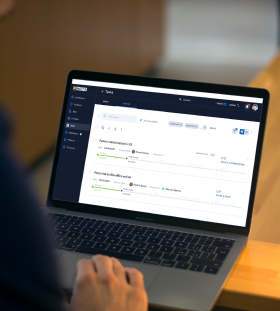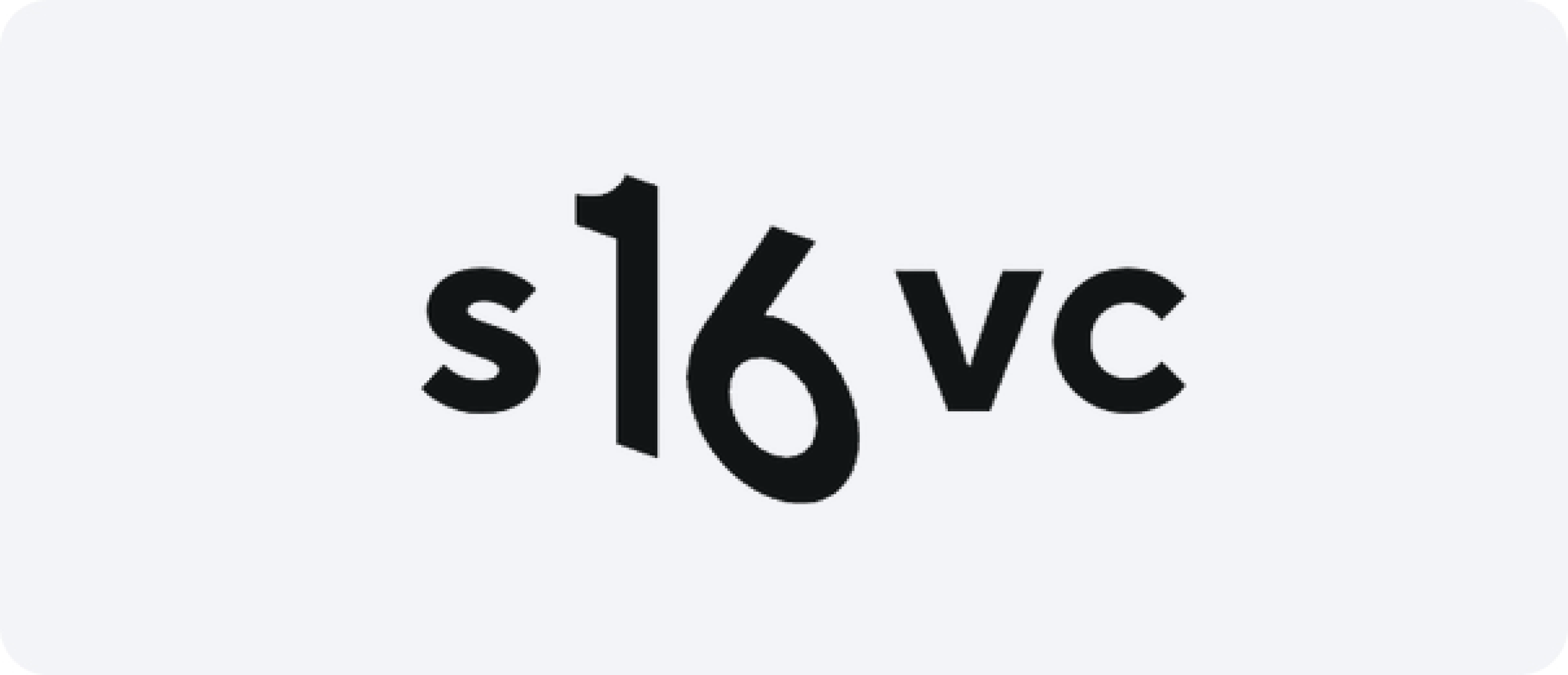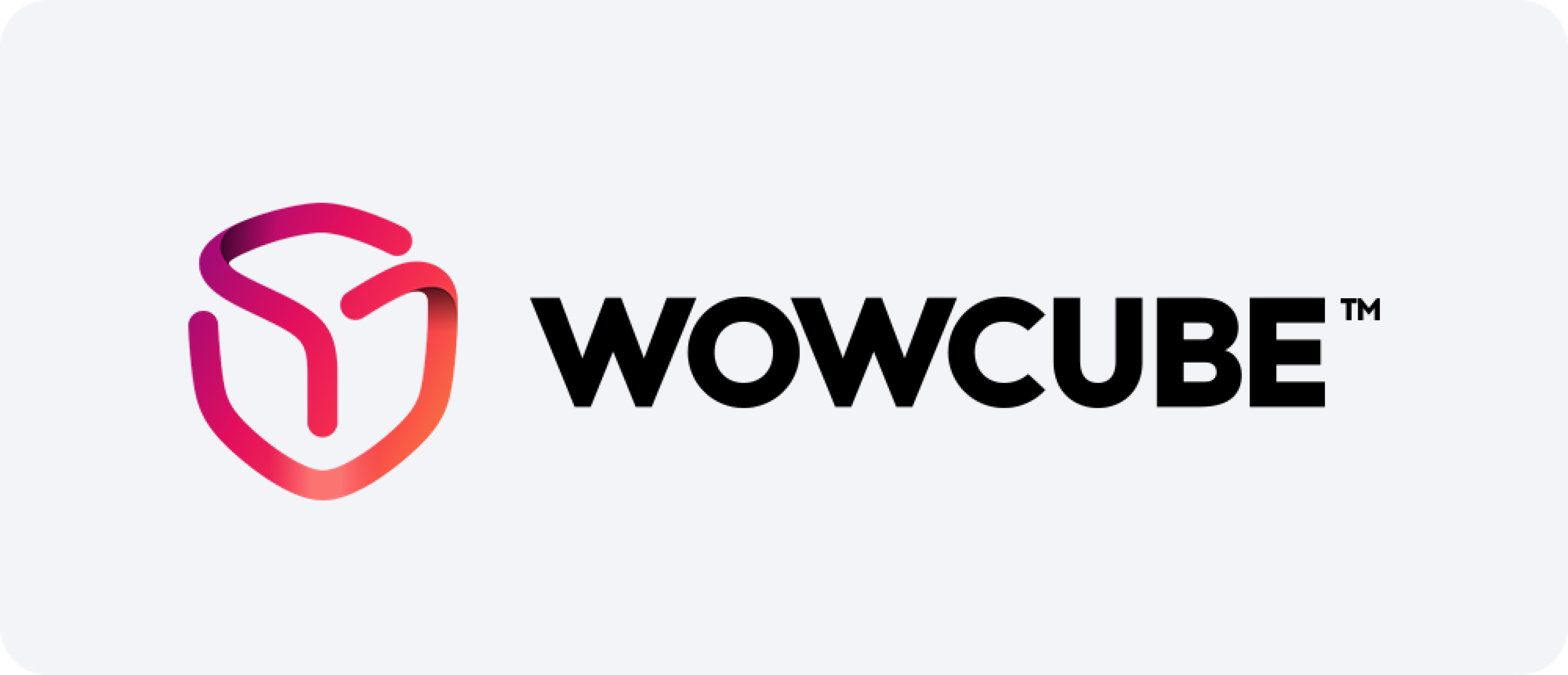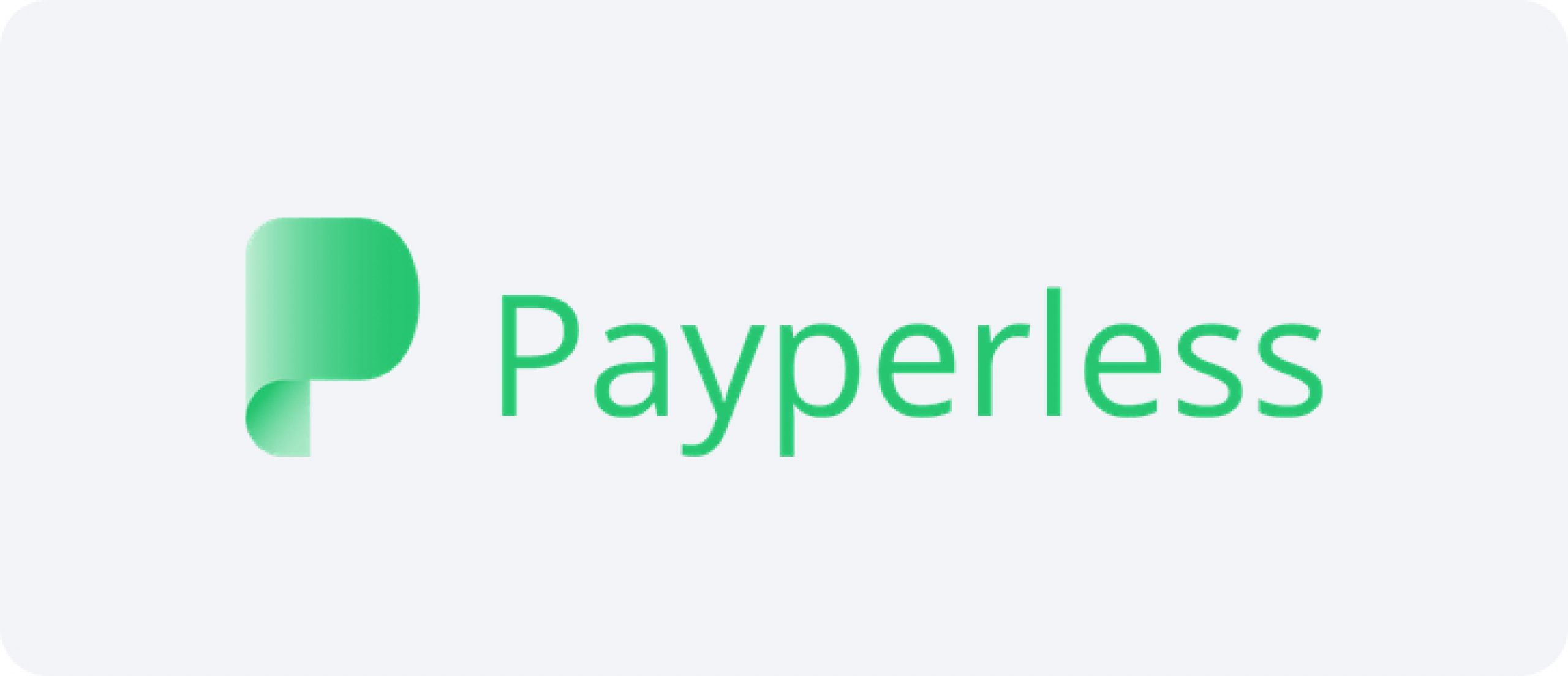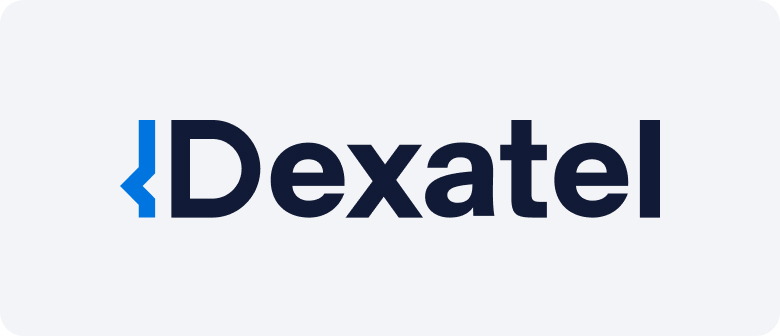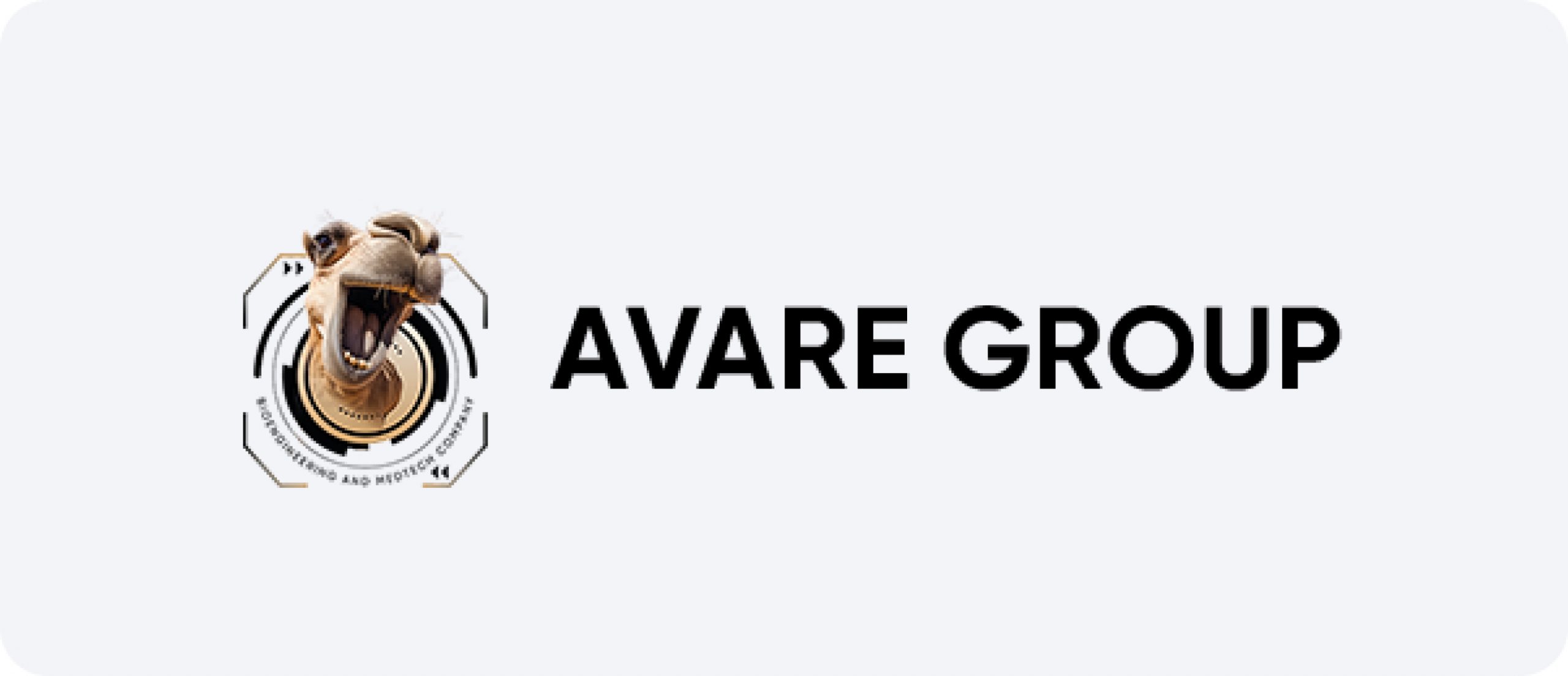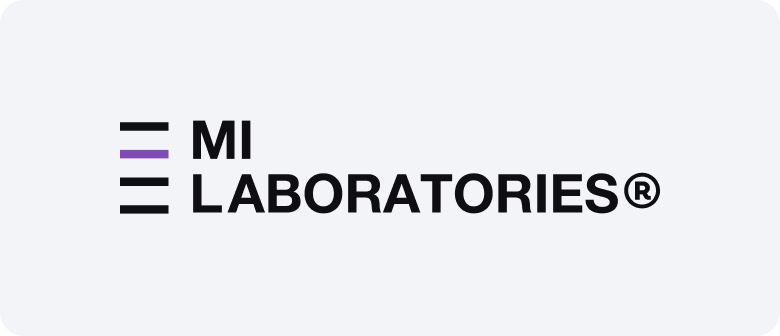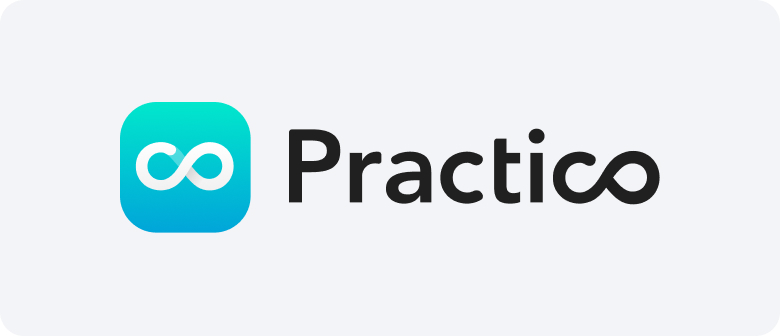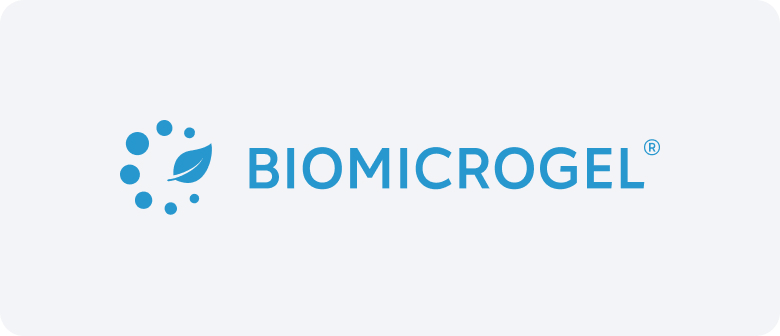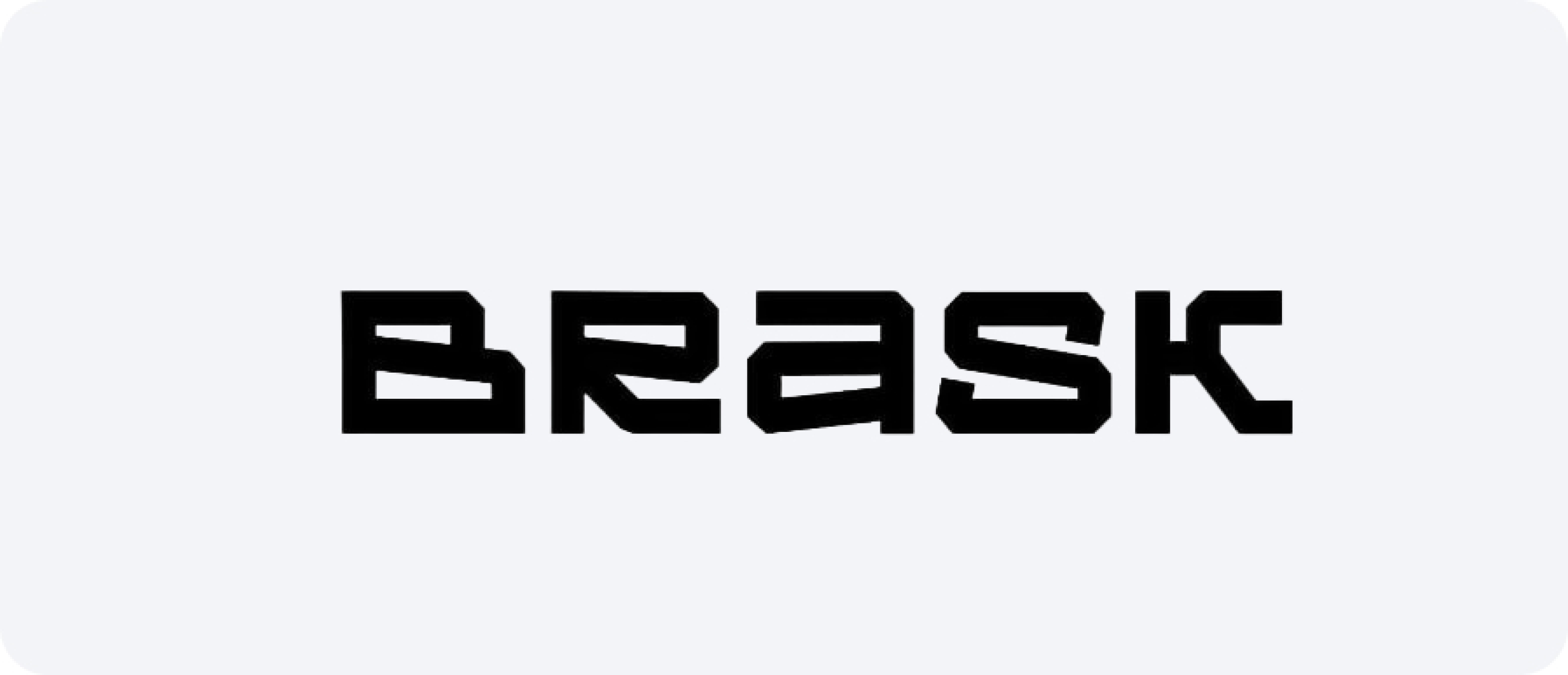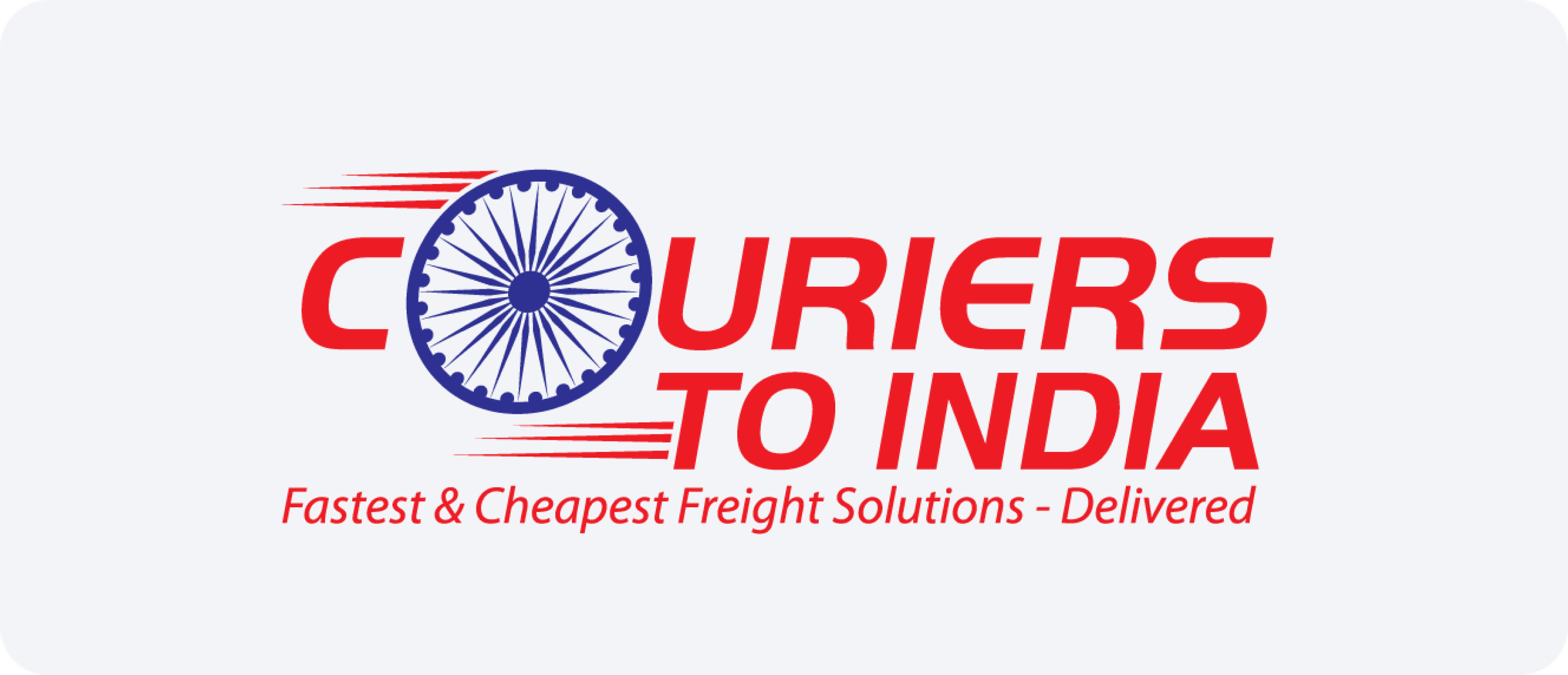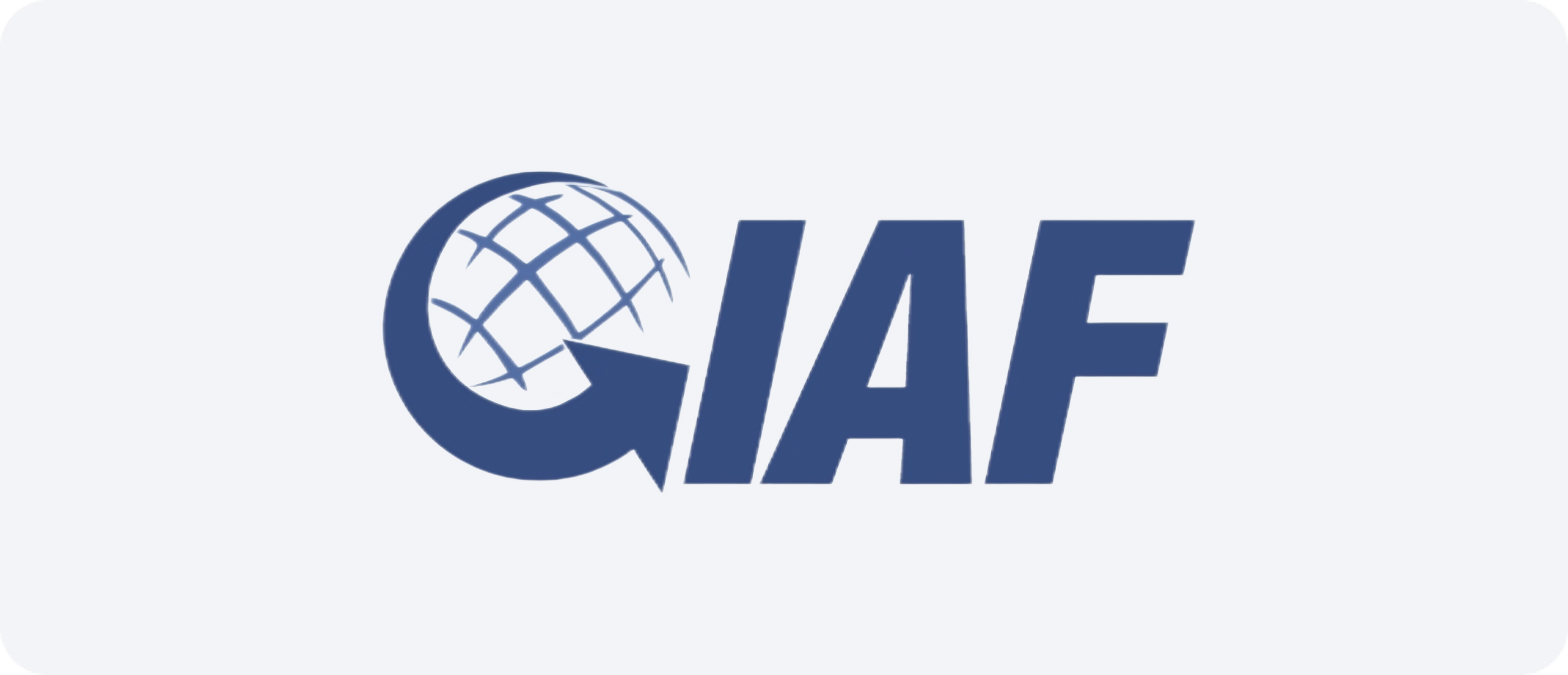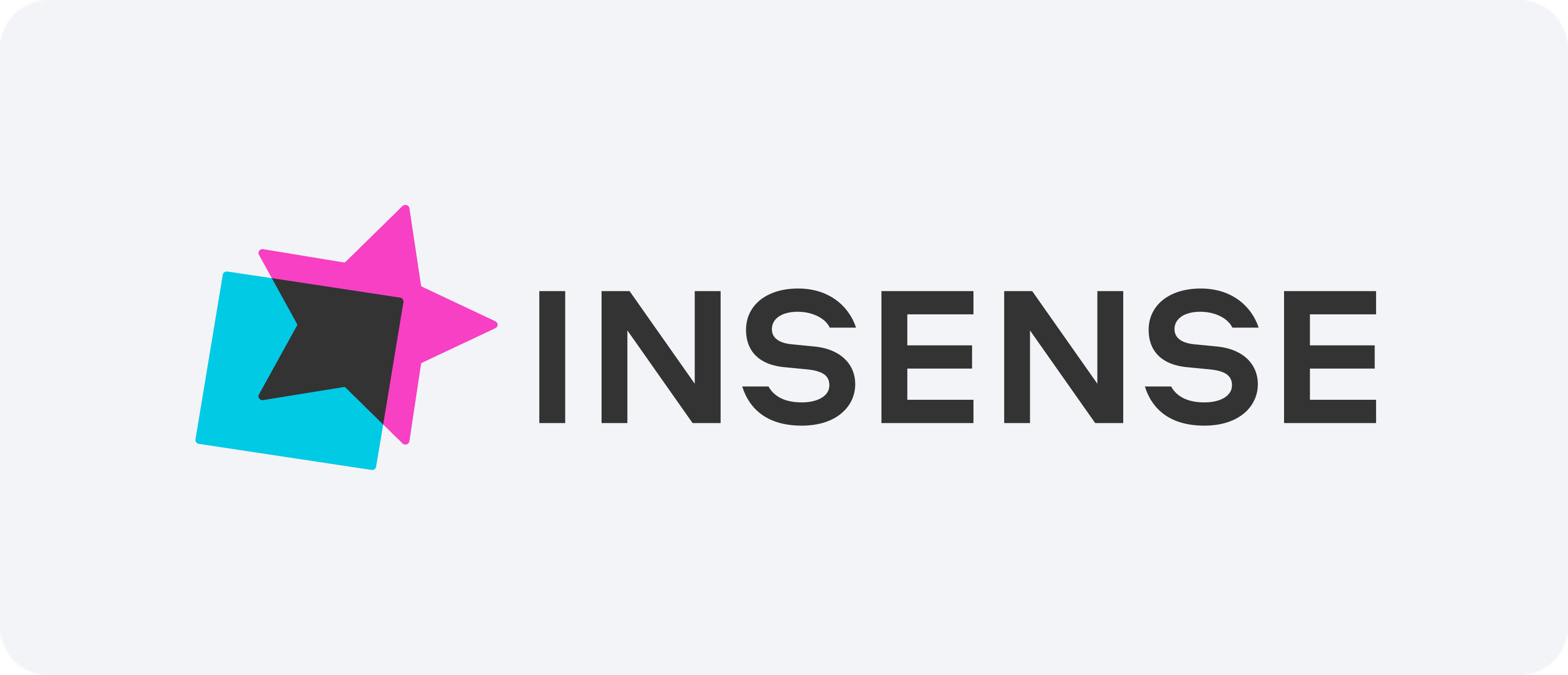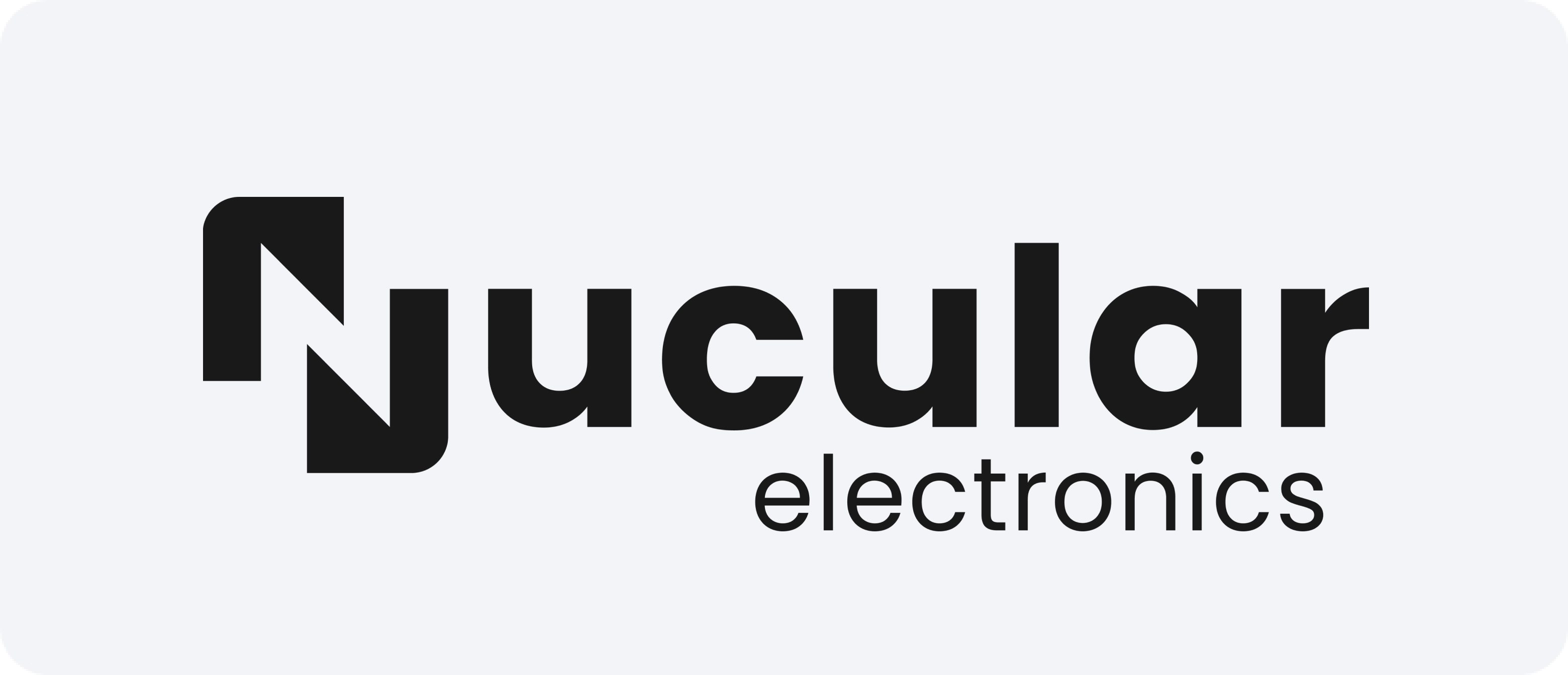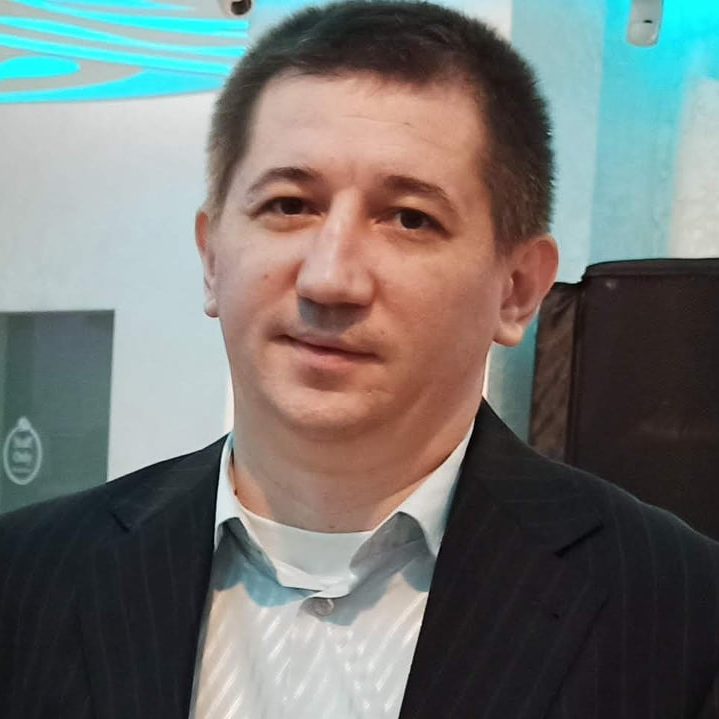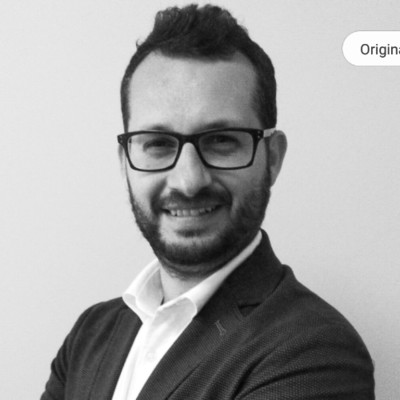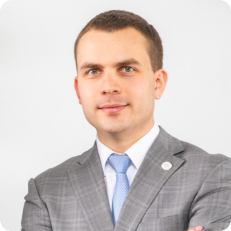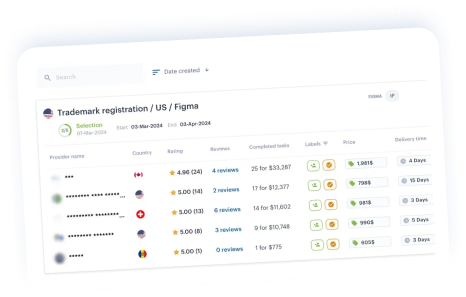提交国际申请 (PCT)
PCT 流程简化了全球专利申请,但并不授予“国际专利”,也不免除在特定国家/地区提交申请和缴纳费用的需要。申请应在优先权日起 12 个月内提交


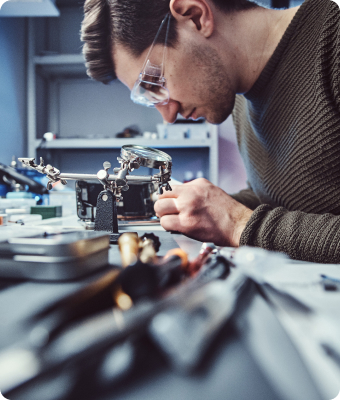
PCT 流程简化了全球专利申请,但并不授予“国际专利”,也不免除在特定国家/地区提交申请和缴纳费用的需要。申请应在优先权日起 12 个月内提交







-
人工智能 IP 助手可帮助您在几分钟内创建详细的任务。
-
根据特定标准选择最合适的当地专利代理人。
-
根据您之前的提交准备申请、归档并处理政府费用。
-
平台全程在线监控、报告。

-

来自 150 多个国家的 800 多家知识产权律师事务所的排名和评论
-

人工智能知识产权助理,帮助创建任务并寻找相关律师
-

固定费用,安全、快速的在线支付,保证结果
-

全天候访问注册流程并在线存储所有案例的数据
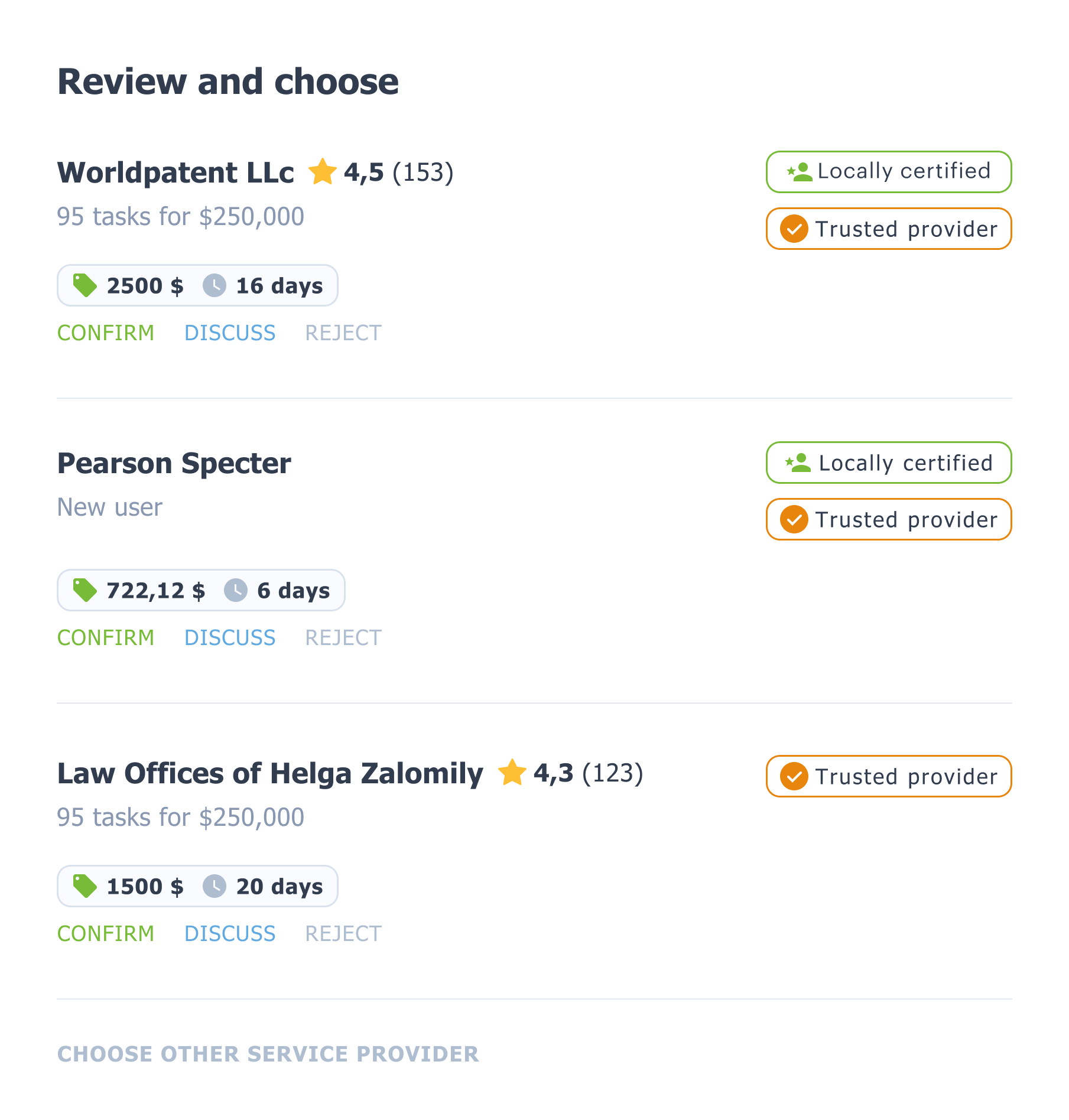
Filing an International Patent Application (PCT) Worldwide
When it comes to protecting intellectual property on a global scale, filing a Patent Cooperation Treaty application is an essential strategy for inventors and businesses aiming to safeguard their innovations across multiple countries. The system simplifies the process by allowing applicants to register a single global submission, which can then be used to pursue protection in up to 153 contracting states. This unified approach significantly reduces the complexity and charges associated with registering patents in individual countries. In this article, we explore how to register a PCT application, its benefits, and what to expect throughout the process.
The Advantages of Filing
Registering a global invention through the system provides numerous benefits that make it easier to protect your intellectual property worldwide. Here are some of the most significant advantages:
- Global Coverage: The system enables applicants to seek protection in over 150 countries through one centralized process. This saves time and resources compared to registering separate applications in each country.
- Extended Timeframe for Decision-Making: It offers a longer period to decide whether to pursue inventions in different countries. After worldwide registration, applicants have up to 30 or 31 months (depending on the country) to enter national phase applications in specific jurisdictions.
- Cost-Efficiency: While the initial registration charge for PCT application might seem higher, the ability to delay significant costs associated with registration of individual national applications makes it more cost-effective in the long run. The global registration allows you to assess the potential for commercial success before committing to expensive national filings.
- Preliminary Examination: It provides the option of a preliminary examination, where a search report is conducted to identify prior art that might affect the novelty of the invention. This can give you insight into the patentability of your idea before committing to further expenses.
The Process: Key Steps
The process of registration involves several important steps, which we will break down below. Understanding these stages ensures that applicants are prepared for what lies ahead.
1. Submission Stage
The first step in the process is to register it with a national or regional office. This can be done either electronically or on paper, depending on the jurisdiction. The submission must include a description of the invention, claims that define the scope of protection, and any relevant drawings. At this stage, you will also need to pay the global expenses.
2. International Search Report (ISR)
Once the invention is filed, the International Searching Authority (ISA) conducts a search to identify relevant prior art that may impact the patentability of the invention. The ISR provides an overview of prior inventions and publications that could influence the likelihood of obtaining an invention in various countries. This report will be crucial in helping you assess the patentability of your invention.
3. Publication Stage
After 18 months from the priority date, the submission is published. This publication is made available to the public, which means that others can learn about your invention. However, the publication does not affect your intellectual property rights—it merely informs the global public of your pending invention.
4. Optional Preliminary Examination
After receiving the ISR, applicants can request a preliminary examination. This examination gives an opinion on the potential patentability of the invention based on the available prior art. While not mandatory, this step can be useful in helping you evaluate the viability of pursuing invention protection before incurring the costs associated with entering the national phase.
5. National Phase Entry
After the global phase, the applicant can enter the national phase by registration with individual national offices. At this stage, applicants must pay the required national fees and follow the respective rules and procedures of each country where protection is sought. The national phase must begin within 30 or 31 months from the priority date, depending on the jurisdiction.
6. Grant of Invention
Finally, after passing through the national phase, individual offices will examine the submission and may grant an invention. This process involves assessing the invention’s compliance with national laws and requirements, and the applicant must address any objections raised during the examination.
Costs and Fees
One of the concerns applicants have is the charge of registration. While the initial stage fee may seem high compared to national filings, it is important to consider the cost savings over the long term. By consolidating your applications into one global registration, you reduce the administrative burden and initial expense of registration in multiple countries.
The main costs include:
- Submission Charge: The global charge varies depending on the receiving office. Additional fees may apply for extra pages or languages.
- Global Search Charge: The charge for conducting a global search depends on the ISA selected.
- Preliminary Examination Charge: If a preliminary examination is requested, there will be an additional charge.
- National Phase Fees: After the global phase, entering the national phase involves paying national fees in each jurisdiction.
The costs are generally more affordable than registering multiple individual applications in various countries, especially when you factor in the benefits of extended decision-making time and the ability to assess the market potential of the invention.
Conclusion
Registering a PCT application is a strategic way to protect your invention globally while managing costs and administrative effort. The process simplifies global filings by allowing you to file a single submission for up to 153 countries. Whether you're an inventor or a business seeking global protection, the system provides a powerful tool for expanding your intellectual property footprint internationally. By understanding the steps involved, the benefits, and the costs, you can make informed decisions that will safeguard your innovation for years to come.
